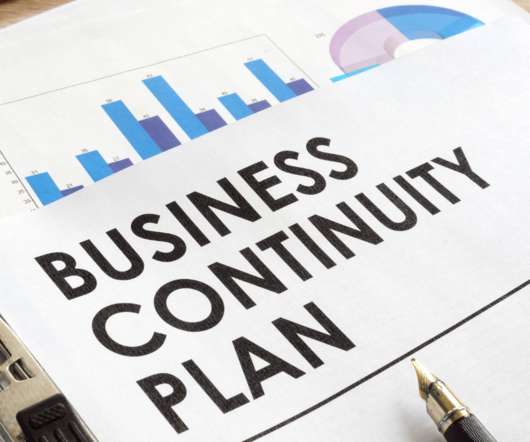Why is so hard to engage an IT Organization???
Stratogrid Advisory
JUNE 15, 2020
Is this disconnect result as IT sees a Business Continuity Planning as a business process, and not particularly an IT activity? It has a few components that are directly dependent and connected to IT, but the rest of the processes, such as Business Impact Analysis or Risk Analysis, are seen by IT as business processes.


















Let's personalize your content